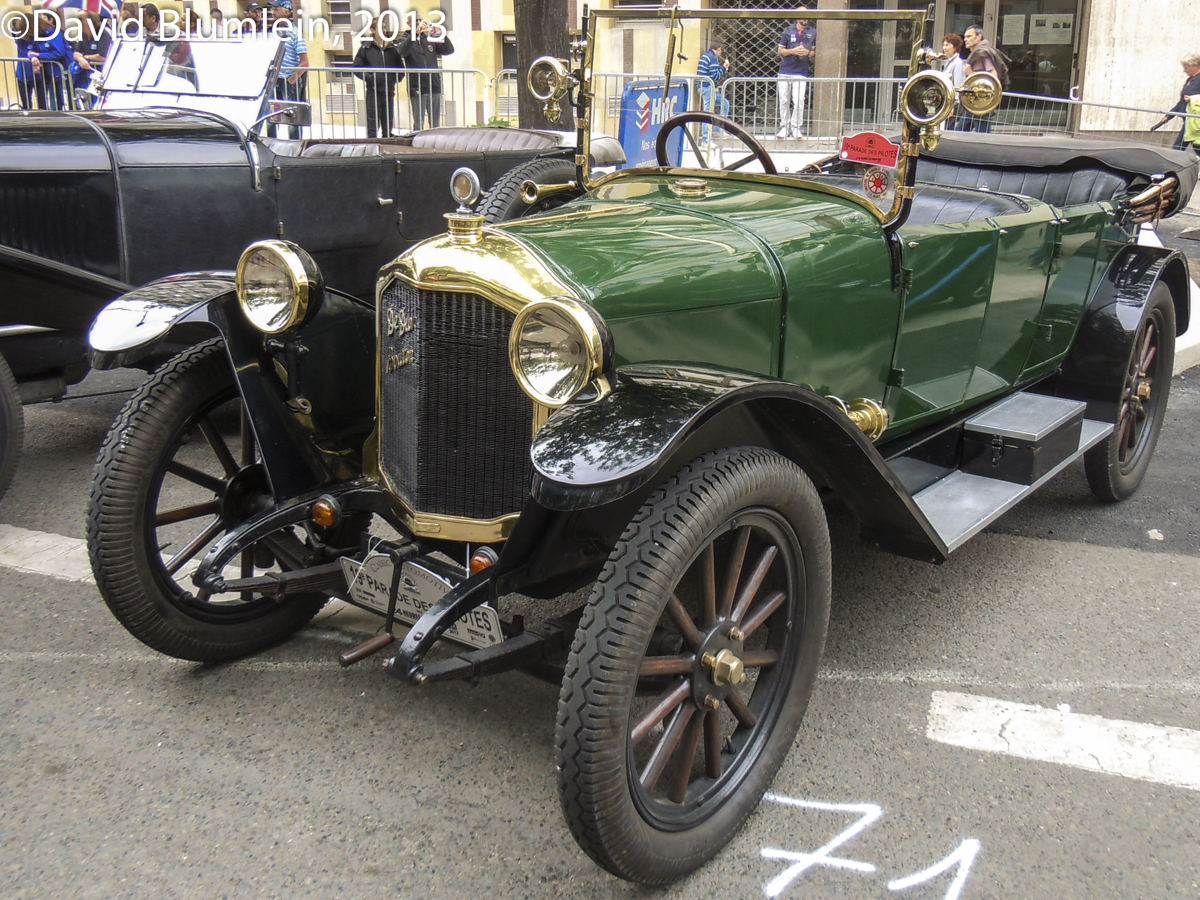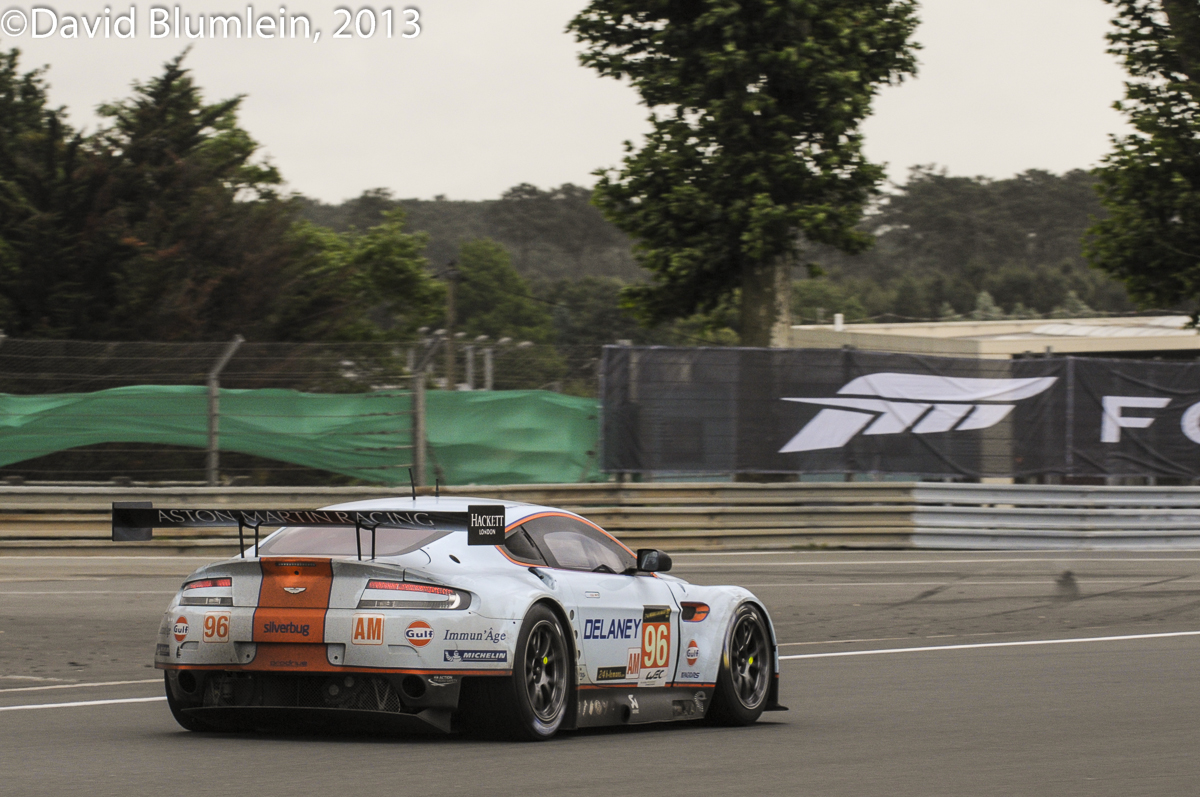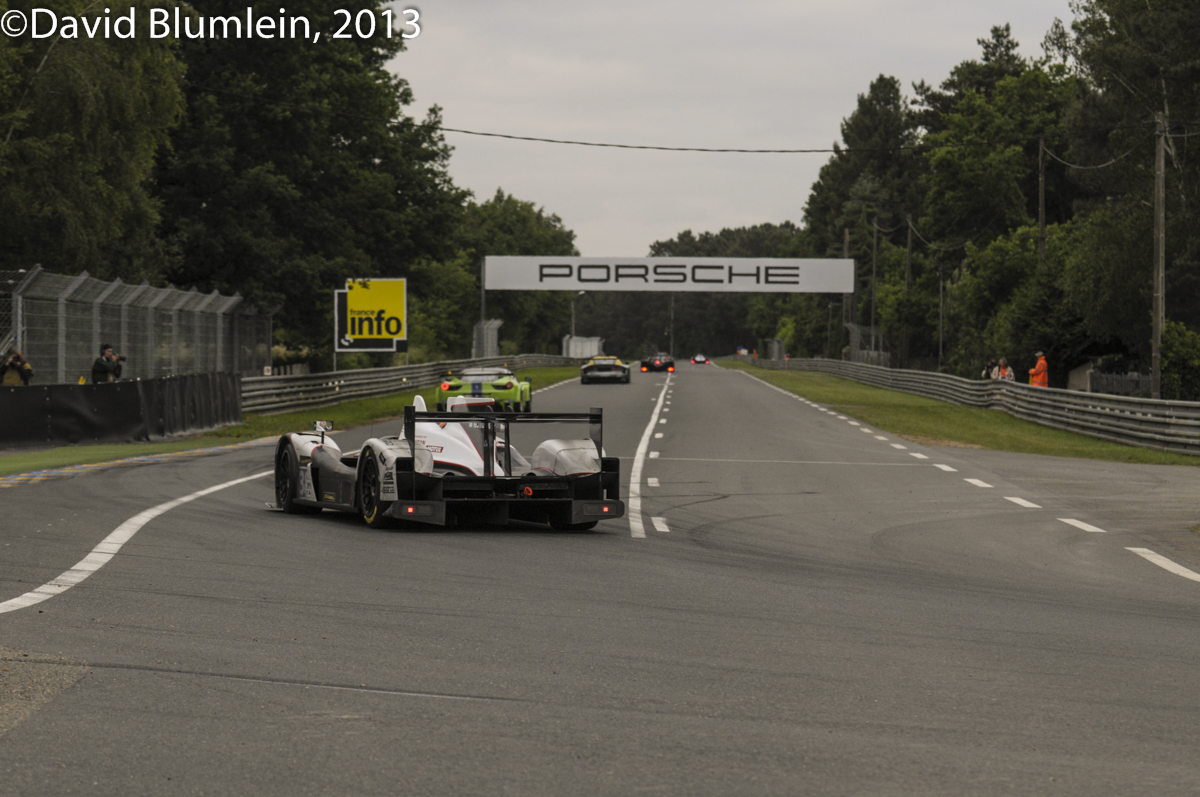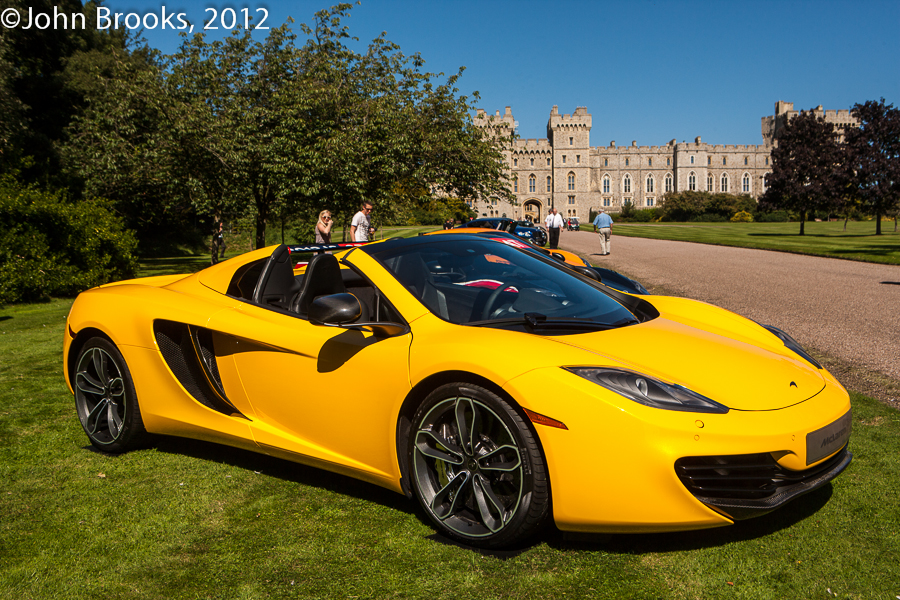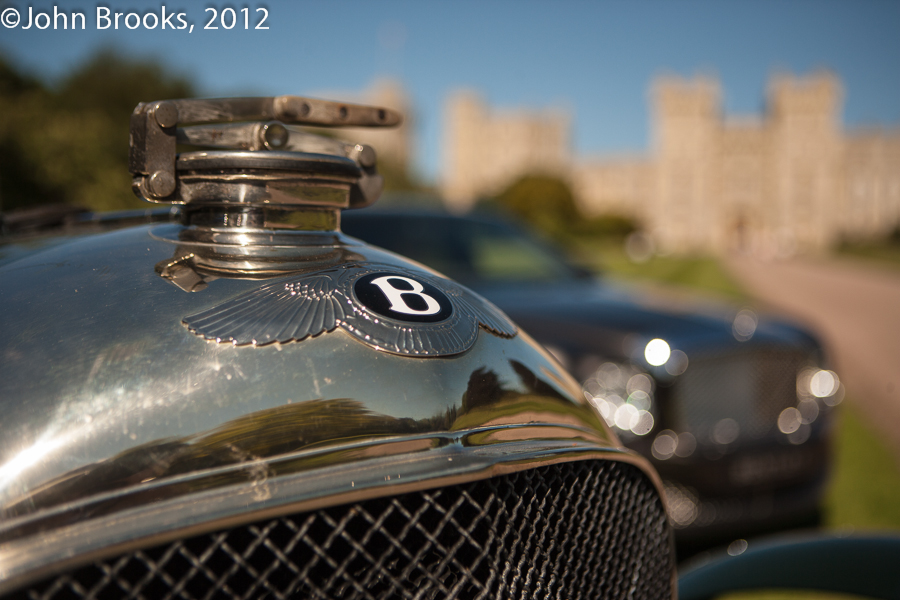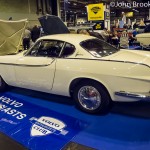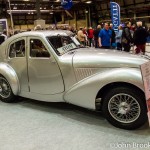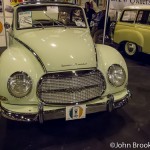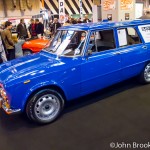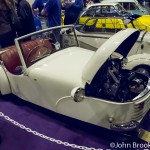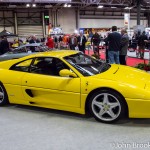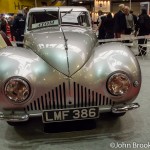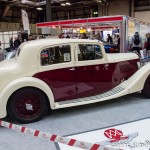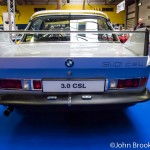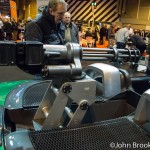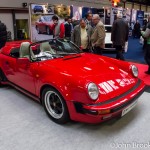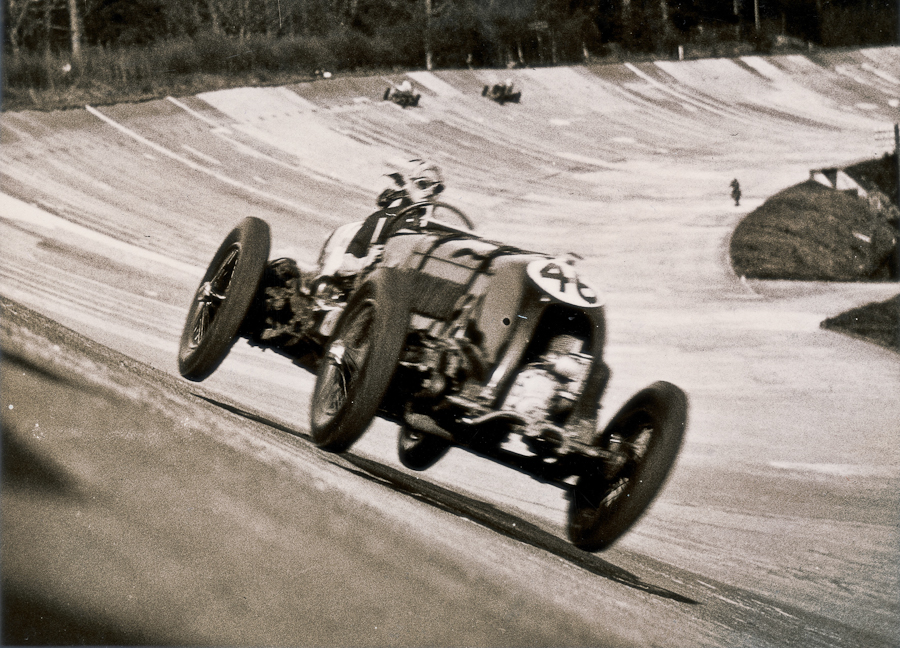
To Birmingham’s NEC with The Special Correspondent for the 2012 Footman James Classic Car Show. The Show has expanded this year to fill even more halls and the extra space is very welcome.
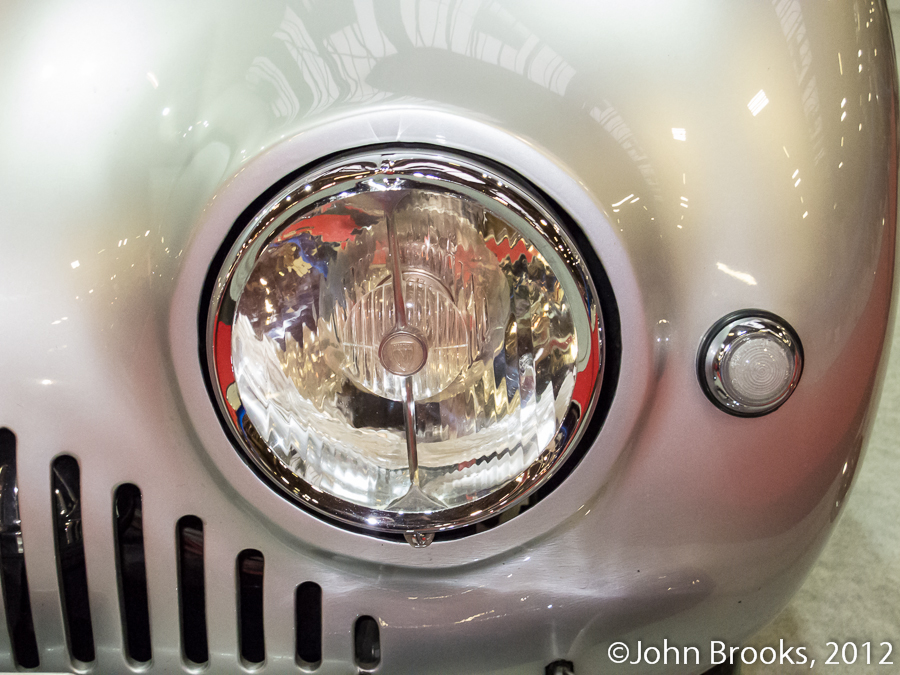
Of course it being the NEC there are always a few issues………….the lighting in the exhibition halls remains sub-standard and arguably in breach of Health & Safety legislation, and the level of grumpiness shown by those unfortunate to travel to Birmingham by car was at an all time high. Tales of 45 minutes to get parked at the facility were common, not excusable at such a venue. On the other side of the ledger, those of us arriving by train were greeted by an enthusiastic bunch of staff, who cheerfully steered us all the way to the other side of the site. One could not fault that welcome, so credit where credit is due, more to the point the staff were still there and still cheerful we came to leave.

Once inside the Show there was a bewildering array of automobile heritage, the quality of the content certainly matches any other event of its kind, anywhere. There were so many jewels to see, such as the Aston Martin Atom, a prototype built in 1939. This was the only example of the marque that David Brown drove before acquiring the company in 1947, all of the glories that followed can be traced back to this advanced car and the impression it made on DB.
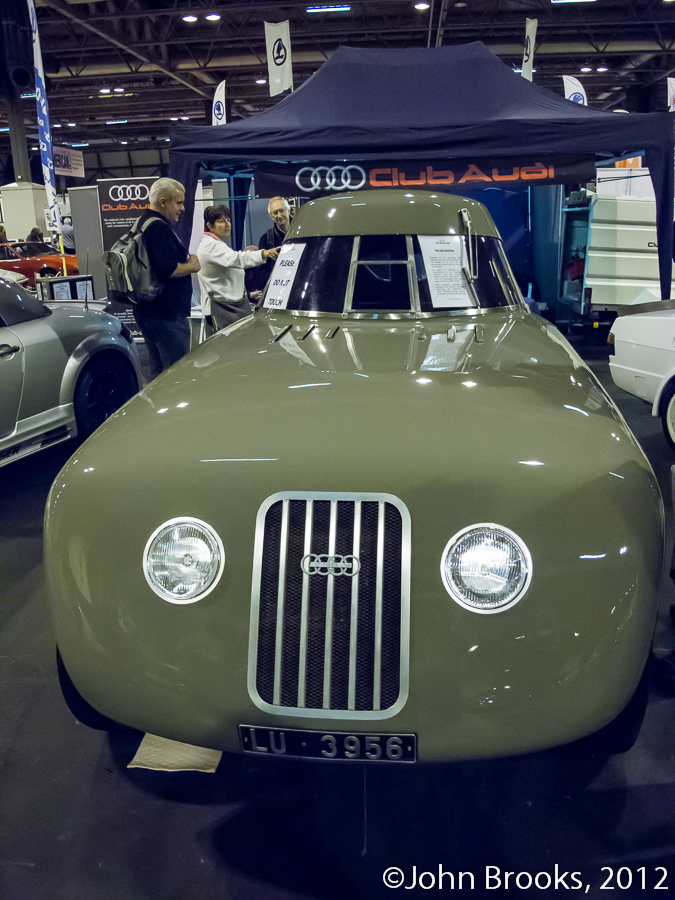
While in the fullness of time out Special Correspondent will produce one of his Rare and Interesting pieces I propose to have a quick look at what was on offer that caught my eye. A car that represented a significant step in the German Auto industry was to be found on the Audi stand. The work of Paul Jaray back in the ’20s inspired Ferdinand Porsche when designing the Wanderer Type 8.

Porsche would develop the aerodynamically efficient shape when producing one of his masterpieces, the Volkswagen. Jaray’s Ugly Duckling turned into a swan.

The Coventry Transport Museum’s collection provided another pioneering vehicle, the Ferguson R4 Prototype. Harry Ferguson designed a four wheel drive system back in the early ’50s, it featured independent suspension and Dunlop disk brakes and Maxaret anti locking device, all very advanced for the time.

The backbone of the Classic Car Show is the support provided by the car clubs. Stand after stand featured great cars backed up by real enthusiasm and deep knowledge of those manning the exhibition. Questions, no matter how basic, were generally answered with patience and good humour. So while virtually all the stands had something to interest there were some that I preferred to others. A tad Orwellian I suppose, all exhibits are equal but some are more equal than others…….Bugatti for instance had several fine cars, all promoting the scene at Prescott…………….from the early days to the present.

The Maserati stand also had a nice bunch of cars, I have always been a fan of the Trident, even more so since visiting the factory a few years back.

Strange, but Ferrari does not appeal to me in the same way, though who could resist this Dino?

This gorgeous Continental was the pride of the Bentley/Rolls Royce stand.

One strange trend that was more common than might have been expected was adorn a “barn find” with some straw…………..what this achieved was anyone’s guess.

And of course the trend was taken to the next level with a string of onions draped on a Citroën Traction Avant……………..no stereotypes here then, no none at all……………..what next we hesitate to enquire?

There were a few competition cars at the Show, mainly sportscars such as the Jaguar XJ220 that won its class at Le Mans in 1993 but was subsequently disqualified, a casualty in the long running conflict between TWR boss, Tom Walkinshaw, and Alain Bertaut of the ACO.

No such problems afflicted the Aston Martin DBR9 in 2007, with a convincing GT1 class win.

Less successful was this TVR, first retirement in the 1962 race.

Shows such as this always throw up a few oddities, who could resist a chance to sit in a truck used by the Great Train Robbers?

Try explaining Del Boy to an American, eh Rodders?

And this optional extra for all aspiring Bond villains would prove very tempting on the M25 morning commute.

Candidate for the worst colour scheme on display………this Lea Francis Lynx, representing the end of the line for the marque.
The 2012 Footman James Classic Car Show was another resounding success and if you have even a sniff of petrol in your veins you should seriously consider making the trip in 2013, I will be there certainly.
Here is a gallery of images, please excuse the weird colour in some shots, them pesky lights again.
John Brooks, November 2012






















